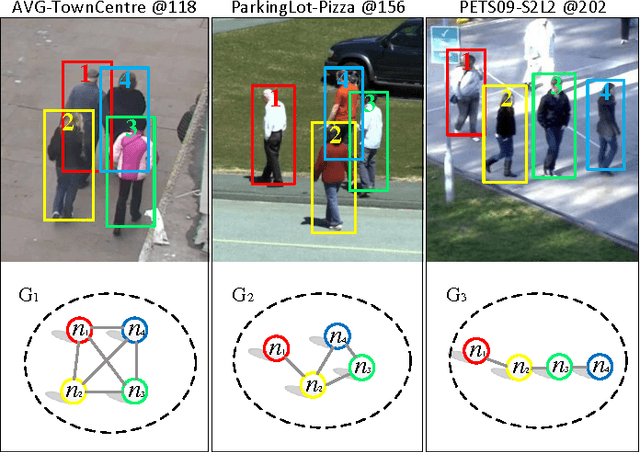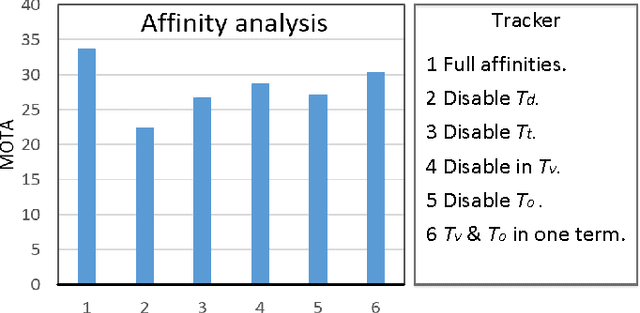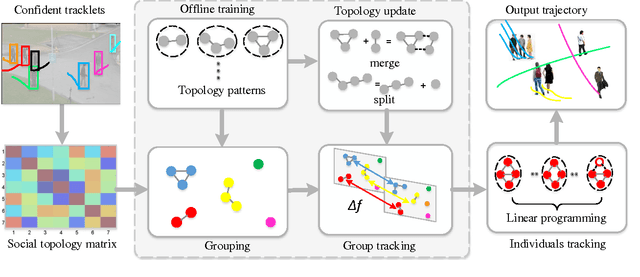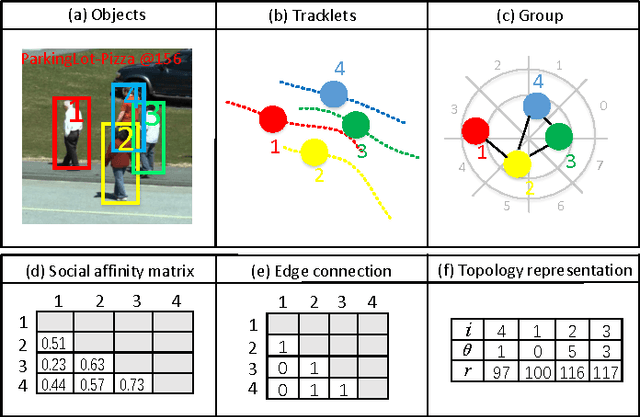A Graphical Social Topology Model for Multi-Object Tracking
Paper and Code
Sep 29, 2017



Tracking multiple objects is a challenging task when objects move in groups and occlude each other. Existing methods have investigated the problems of group division and group energy-minimization; however, lacking overall object-group topology modeling limits their ability in handling complex object and group dynamics. Inspired with the social affinity property of moving objects, we propose a Graphical Social Topology (GST) model, which estimates the group dynamics by jointly modeling the group structure and the states of objects using a topological representation. With such topology representation, moving objects are not only assigned to groups, but also dynamically connected with each other, which enables in-group individuals to be correctly associated and the cohesion of each group to be precisely modeled. Using well-designed topology learning modules and topology training, we infer the birth/death and merging/splitting of dynamic groups. With the GST model, the proposed multi-object tracker can naturally facilitate the occlusion problem by treating the occluded object and other in-group members as a whole while leveraging overall state transition. Experiments on both RGB and RGB-D datasets confirm that the proposed multi-object tracker improves the state-of-the-arts especially in crowded scenes.
 Add to Chrome
Add to Chrome Add to Firefox
Add to Firefox Add to Edge
Add to Edge